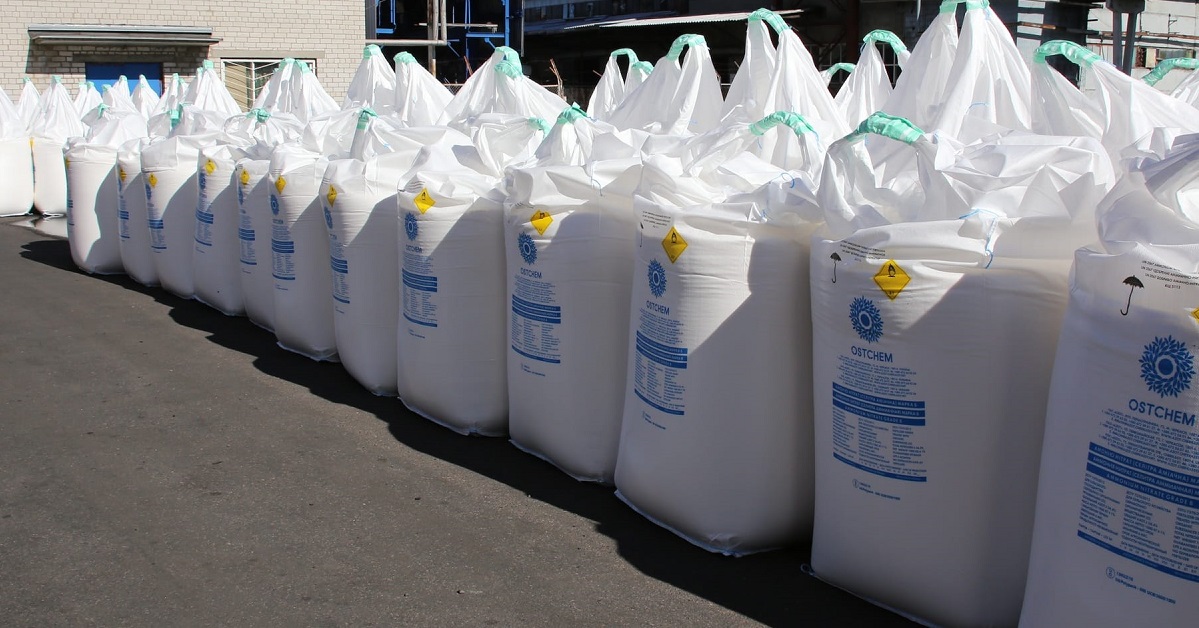
|
Group DF - international group of the companies, major investments are concentrated in the nitrogen, titanium and gas businesses. |
|
03 April 2023 In January-February 2023 volume of production at cherkasy “Azot” plant exceeded pre-war level by 23%In January-February 2023 Cherkasy “Azot” plant being a part of OSTCHEM nitrogen holding produced 235,000 tons of mineral fertilizers. It’s 23% more than in January-February last year, when 191.7 thousand tons of mineral fertilizers were produced. In February 2023 production volumes amounted to 123.7 thousand tons of products per month – it is maximum indicator since the beginning of full-scale war.
Urea became the key product due to which the company demonstrated an increase in production volumes in January-February 2023. Urea production volumes increased by 196% in 2 months from 22.8 thousand tons in 2022 up to 67.4 thousand tons . Production volumes of UAN also increased by almost 10% from 50.9 to 56.2 thousand tons. Production volume of ammonium nitrate remained at the same level (-2%) – 102.2 thousand tons.

Vitaly Sklyarov emphasized that in March and April Cherkasy “Azot” would continue to work at 70-80% of its capacity ” as long as high demand from farmers remains on the same level “. According to him all basic workshops for production of fertilizers are working at the enterprise today – ammonia, nitric acid, ammonium nitrate, urea and UAN workshops.
“Decrease of selling prices for mineral fertilizers in “hot” season was the catalyst for sudden increase in demand in 2023 which became possible due to the decrease of gas prices – the main raw material for production of fertilizers. Taking into consideration farmers’ financial situation such decrease was in due time. Demand growth is limited by financial capabilities of fertilizer consumers. On the one hand, state support of farmers has a significant effect, on the other hand access to financing for small and medium-sized farmers is still very limited ,” Sklyarov said. |